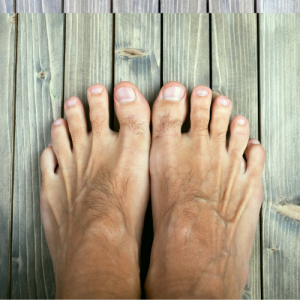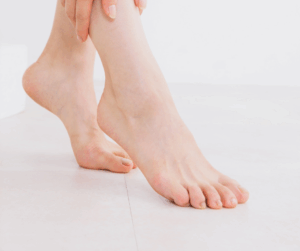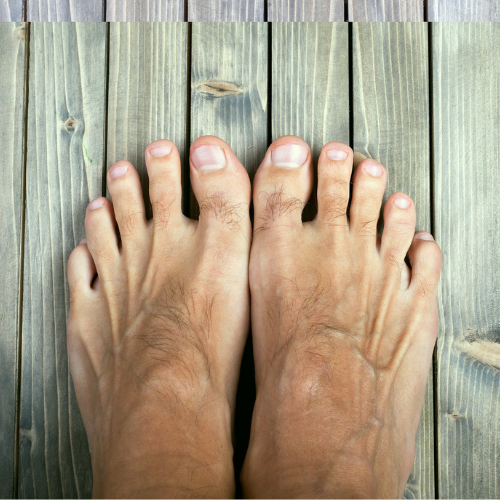Aging is a journey filled with wisdom, growth, and change. While it’s natural for our bodies to evolve over time, staying physically active is one of the most powerful ways to maintain independence, vitality, and overall well-being. At any age, movement is medicine—and physical therapy plays a key role in helping older adults stay strong, mobile, and confident.
The Importance of Staying Active
As we age, our bodies undergo several changes:
- Muscle mass and strength decline, leading to reduced mobility.
- Bone density decreases, increasing the risk of fractures.
- Balance and coordination may diminish, raising the likelihood of falls.
- Joint stiffness and pain can limit daily activities.
But here’s the good news: regular physical activity can slow or even reverse many of these changes. Staying active helps:
- Preserve muscle strength and flexibility
- Improve cardiovascular health
- Enhance balance and reduce fall risk
- Boost mental health and cognitive function
- Support better sleep and energy levels
How Physical Therapy Supports Aging Well
Physical therapists are movement specialists trained to help individuals of all ages, especially older adults, maintain and improve their physical function. Whether you’re recovering from an injury, managing a chronic condition, or simply want to stay active, PT offers personalized care tailored to your goals.
Physical Therapy Can Help With:
- Arthritis and joint pain
- Post-surgical rehabilitation
- Balance and fall prevention
- Osteoporosis management
- Mobility and gait training
- Chronic pain relief
A physical therapist will assess your current abilities, listen to your concerns, and design a safe, effective plan to help you move better and feel stronger.
Practical Tips for Staying Active
You don’t need to run marathons to stay active. Small, consistent efforts make a big difference. Here are some simple ways to incorporate movement into your daily life:
- Walk Daily
Walking is low-impact, accessible, and great for heart health. Aim for 20–30 minutes a day, even if it’s broken into shorter sessions.
- Stretch Regularly
Gentle stretching improves flexibility and reduces stiffness. Try morning stretches or a short routine before bed.
- Explore Low-Impact Activities
Swimming, yoga, tai chi, and cycling are excellent options that are easy on the joints and promote balance and coordination.
- Stay Social
Join a walking group, take a dance class, or attend community fitness events. Social interaction boosts motivation and mental health.
- Listen to Your Body
Rest when needed, and don’t push through pain. Physical activity should feel good and energizing—not exhausting or painful.
It’s Never Too Late to Start
Whether you’re 60 or 90, it’s never too late to begin an active lifestyle. The key is to start where you are and build gradually. Physical therapy can be a supportive partner in this journey, helping you set realistic goals and celebrate every milestone.
Final Thoughts
Aging gracefully isn’t about avoiding change—it’s about embracing it with strength, resilience, and movement. Staying active is one of the best gifts you can give yourself, and physical therapy is here to help you every step of the way.







